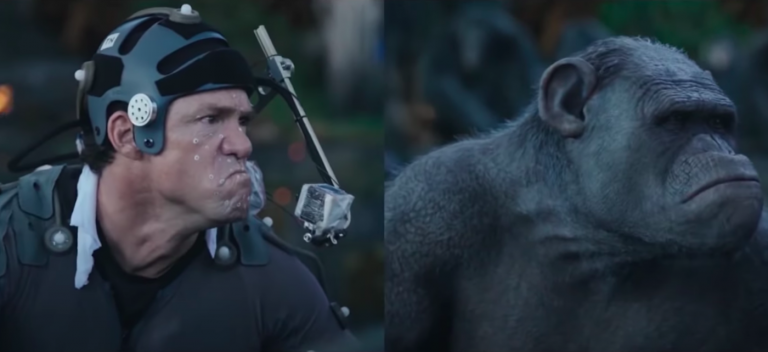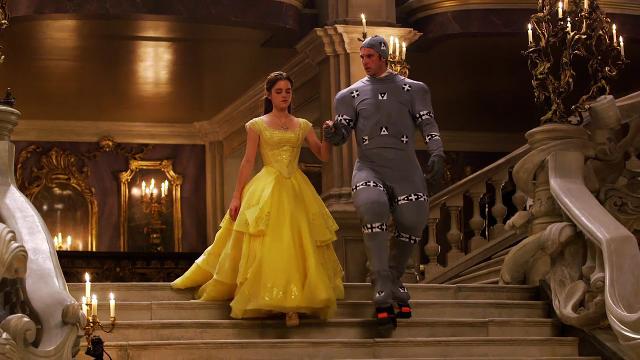Why T-Pose?
The T-pose is a standard pose in which the performer stands with their arms outstretched to their sides and their legs straight. This pose allows the MoCap system to calibrate the performers markers at the beginning of a data recording sequence and at the end of a sequence to ensure correct tracking of movements. A performer that understands the importance of T-Pose can be a major cost saver for the production.
Why is the T-pose necessary?
1. T-pose provides a clear reference point for the system to work with.
2. T-pose helps to calibrate the MoCap system. This allows the technicians to match the performer’s body proportions and different body parts to how they move relative to each other.
3. T-pose is used to create the wireframe of the actor’s body to animate the character in the video game, movie, or other digital media.
4. Data Processing is usually priced by the second. T-Pose is an efficent way for technicians to quickly confirm that the wireframe data has not been corrupted during the capturing sequence.
When should you do the T-pose?
Performers should T-pose before and after each MoCap take – before “Action” is called and immediately when ‘Cut” is called. Performers should practice this so it is in their “muscle memory”.
How to do the T-pose correctly
To do the T-pose correctly, stand with your feet shoulder-width apart and your arms outstretched to your sides. Make sure that your palms are facing down and that your fingers are spread wide. Keep your back straight and your head held high.
If during the performance you are close to the edge of the Volume capture area take the time to move to a spot that ensures all your markers are seen.
If your performance requires heavy stunts/movements that moves your markers do not readjust them before your “Cut” T-Pose.
The T-pose is an important part of the motion capture process. By doing the T-pose correctly, you can help to ensure that the MoCap system tracks your movements accurately, creates a high-quality digital skeleton of your body, gives the end animator clean data and saves the production costs.



